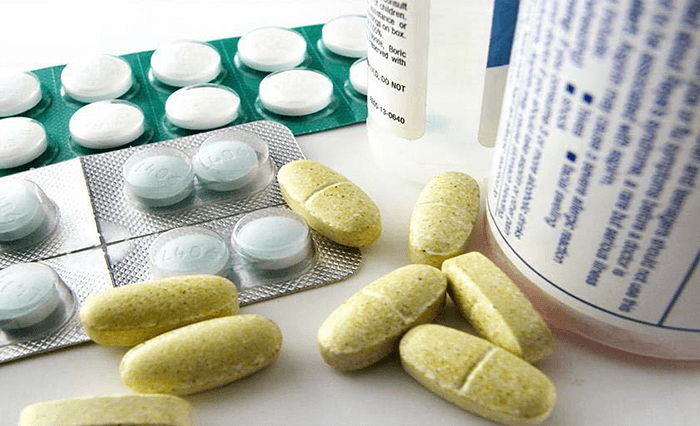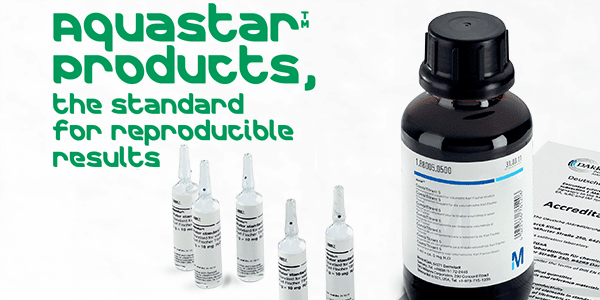Summary:
Fentanyl abuse is drastically on the rise in the United States. In addition to traditional fentanyl, modified versions of the drug are also being abused (i.e. fentanyl analogs). With the list of derivatives on the rise forensic toxicologists need the ability to rapidly identify not only fentanyl, but its modified forms as well. Generally, these compounds have varying levels of potency when compared to fentanyl, correlating to a wide range of encountered concentrations in biological fluids.
While immunoassays are typically employed as a reliable, first-step screening tool, they have proven to be inaccurate when applied to the initial detection of these novel, synthetic drugs/metabolites. On account of this, a universal extraction approach for both current compounds in addition to emerging analytes is therefore vital to both screen and confirm their presence.


Presented is a rapid, three step SPE procedure, that includes a concentration step, for the identification and quantification of fentanyl and its major urinary metabolite norfentanyl, along with eleven additional synthetic opioid compounds: acryl fentanyl, desmethyl U-47700, furanyl fentanyl, methoxyacetyl fentanyl, remifentanil, tetrahydrofuran fentanyl, U- 47700, U-50488, U-51754, W-15 and W-18.





